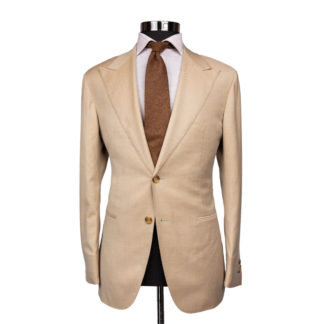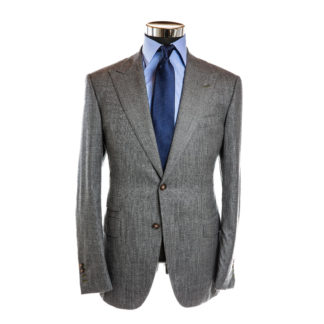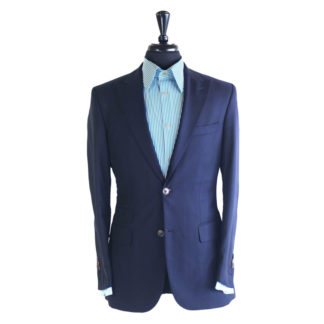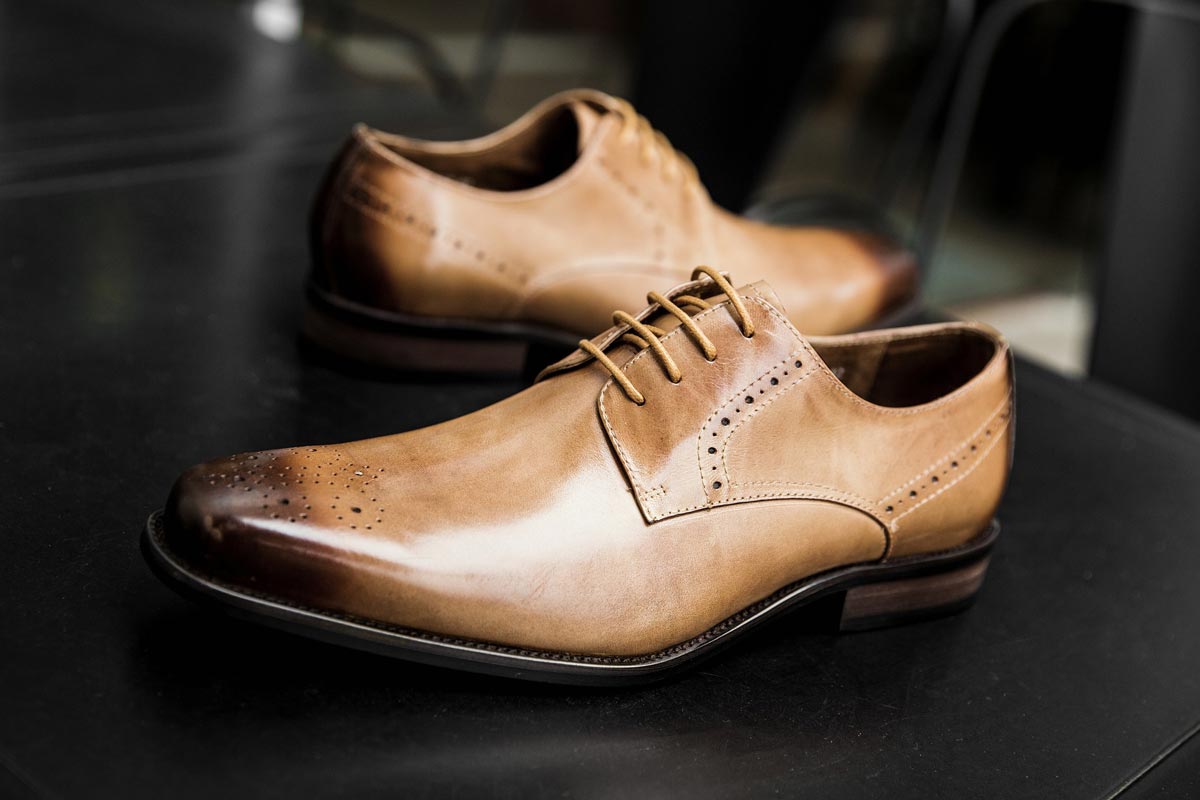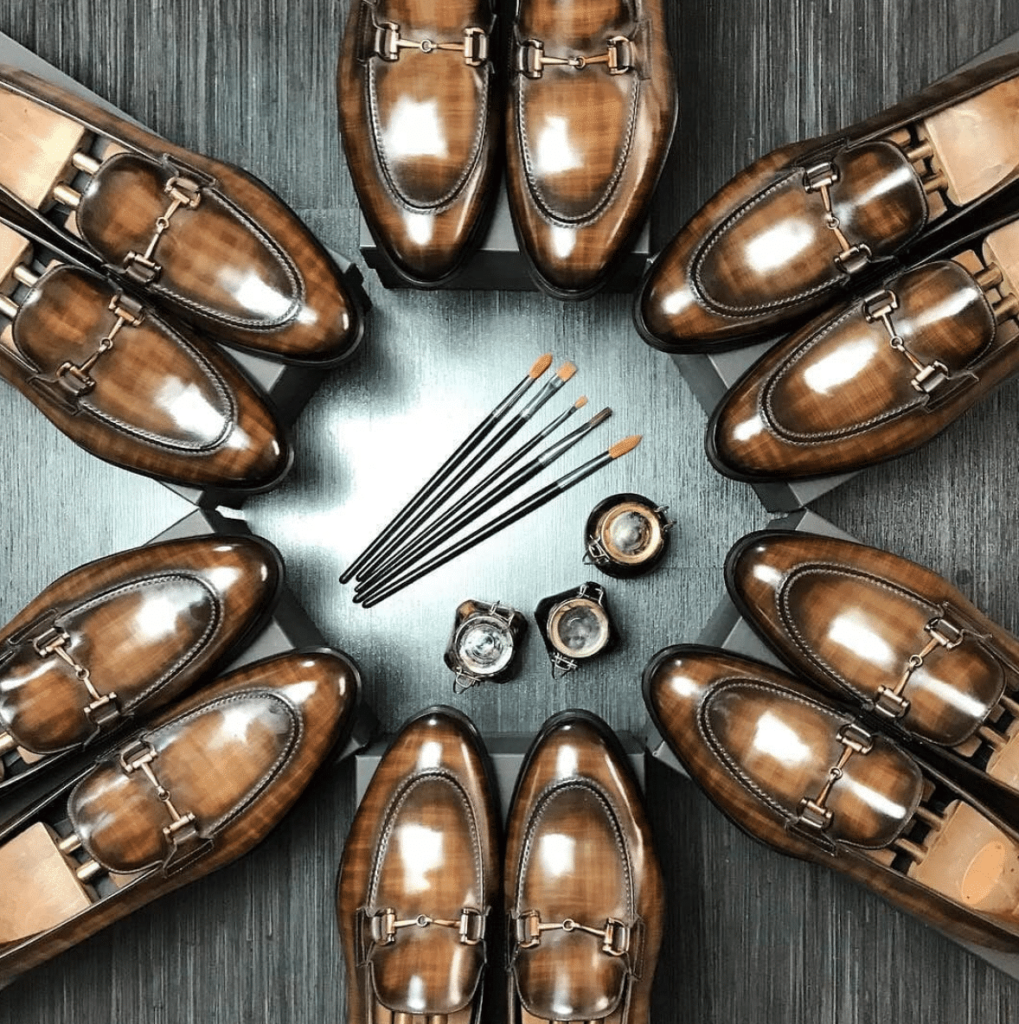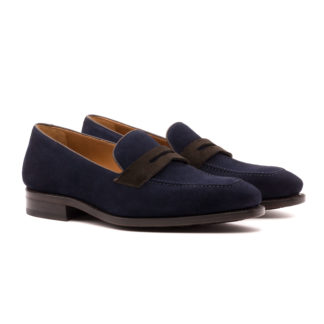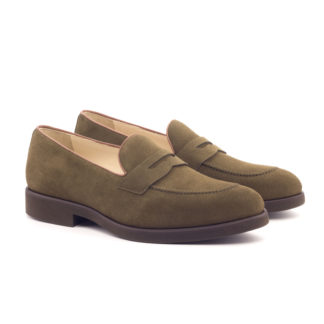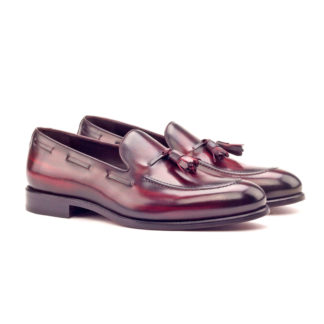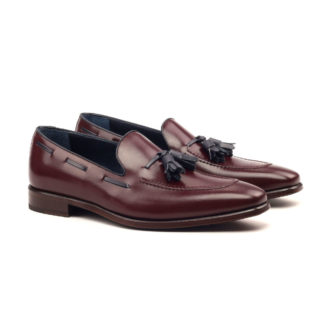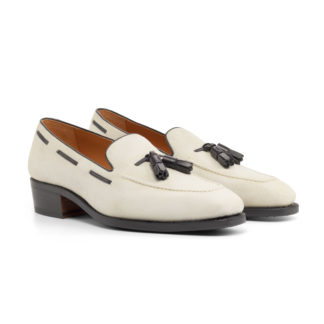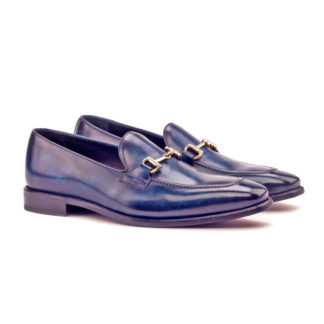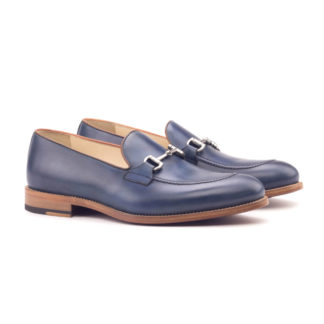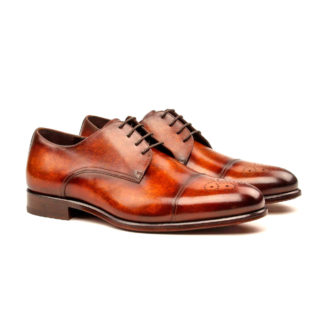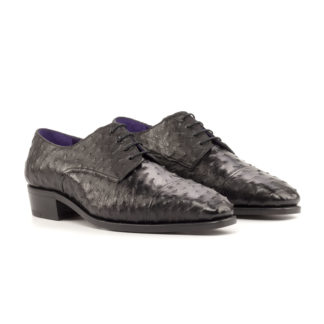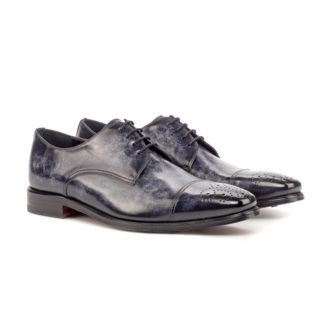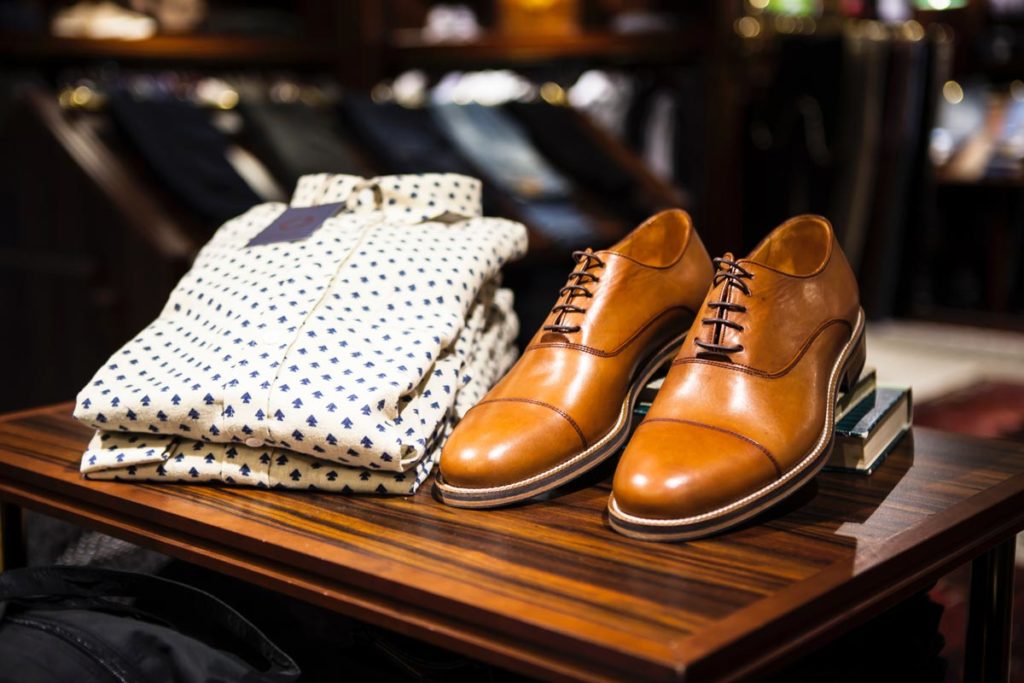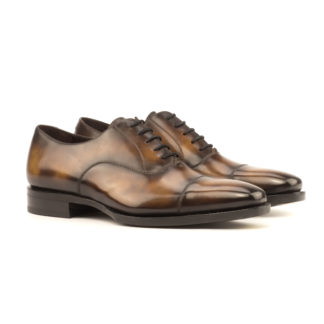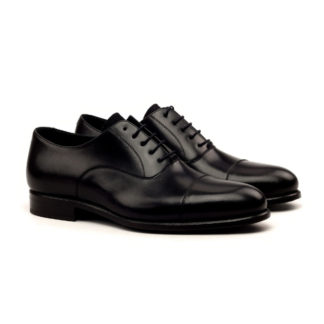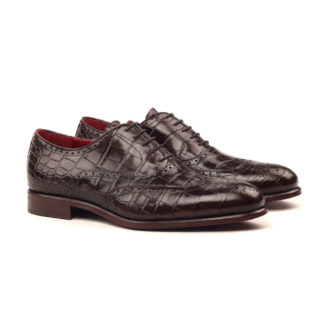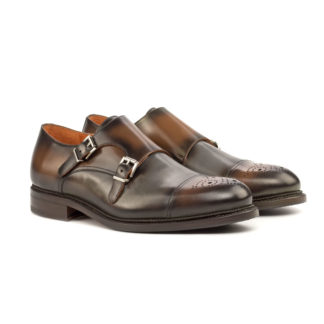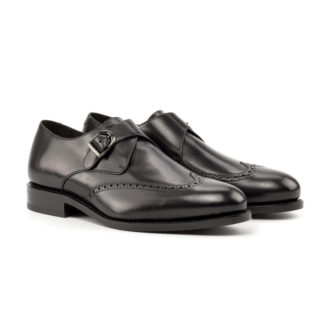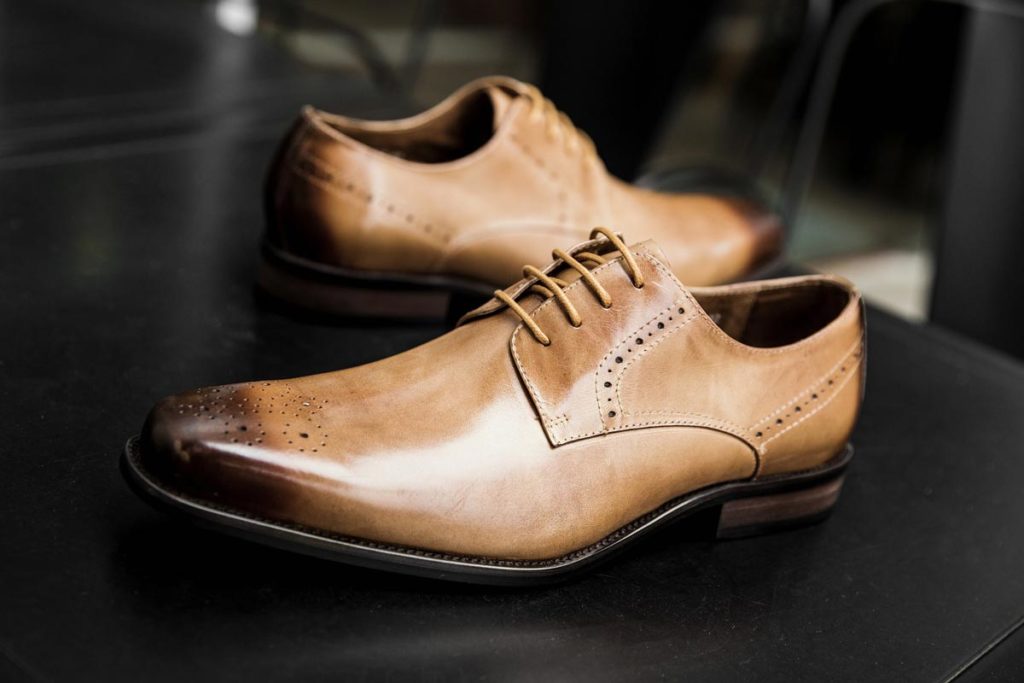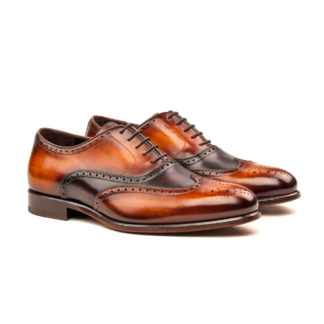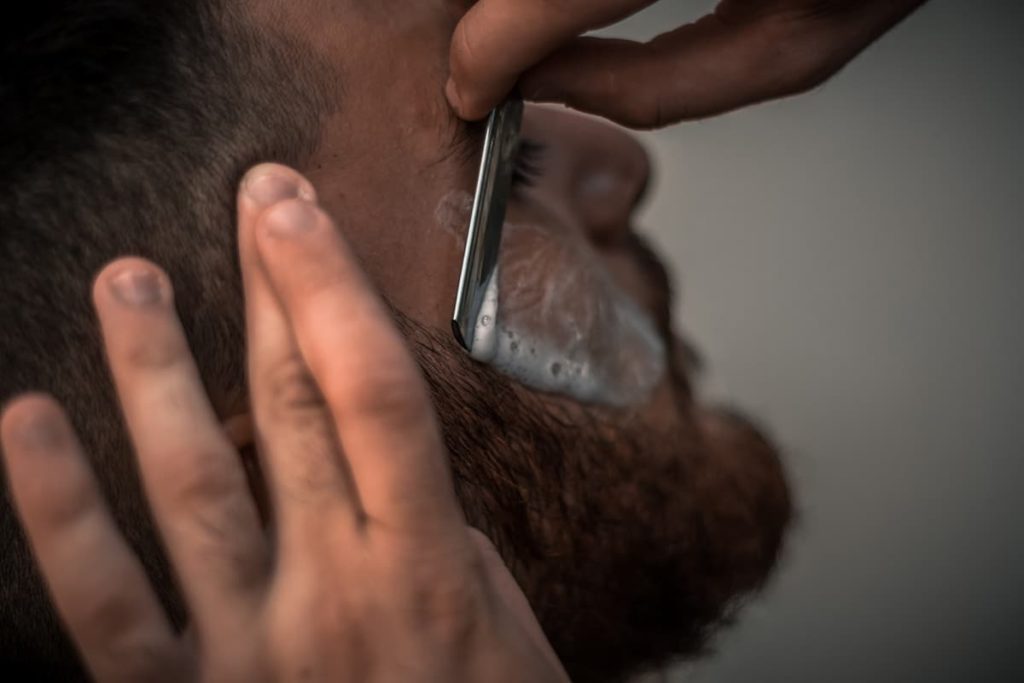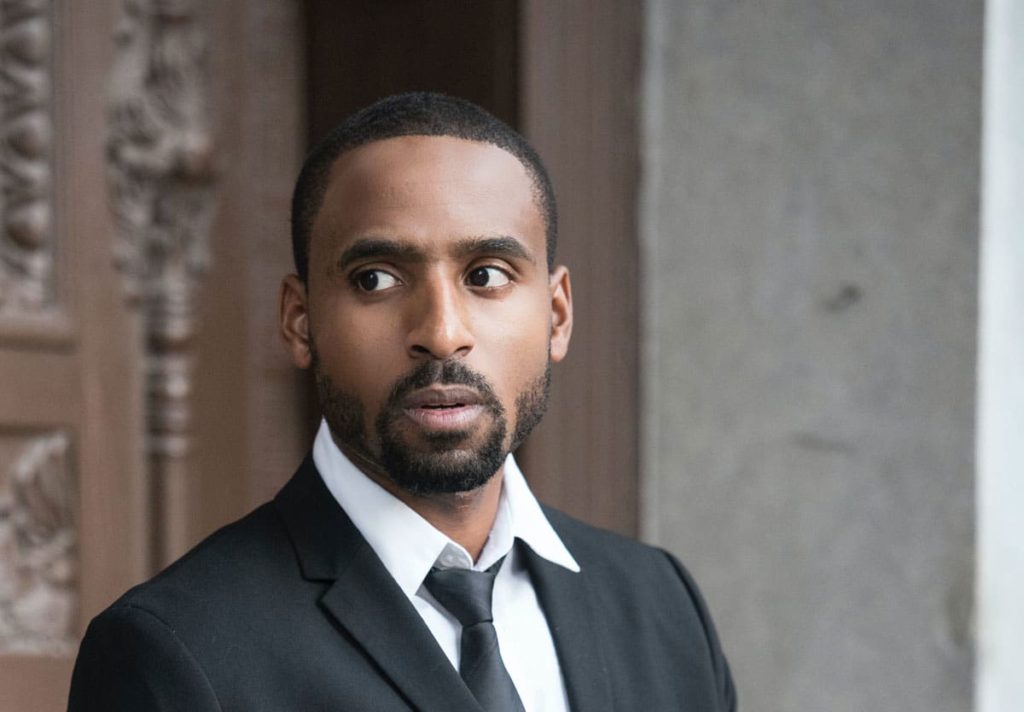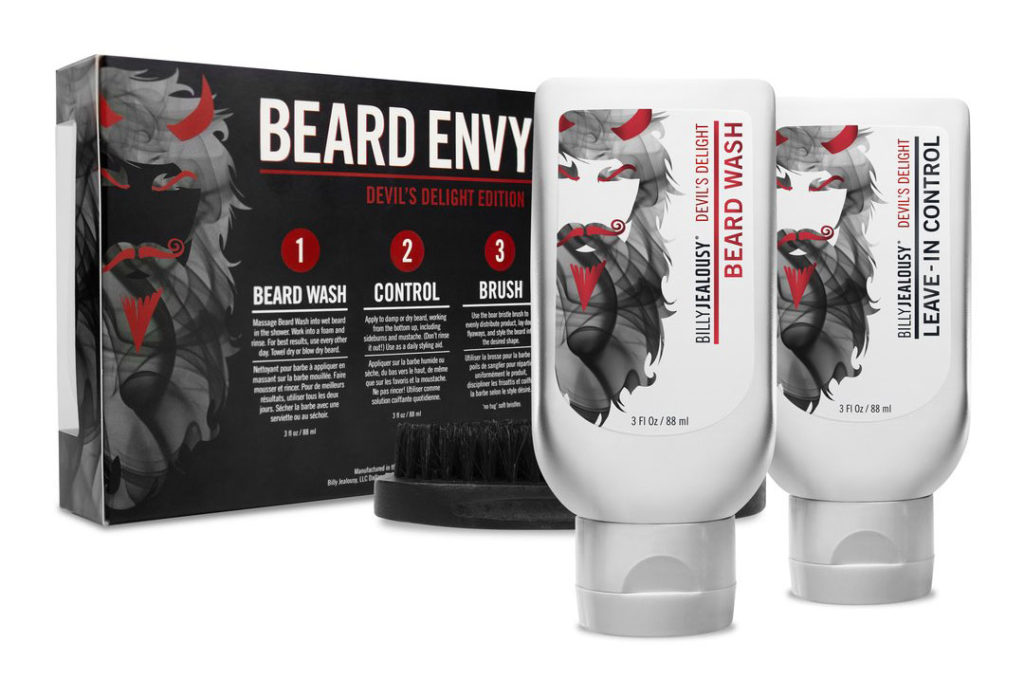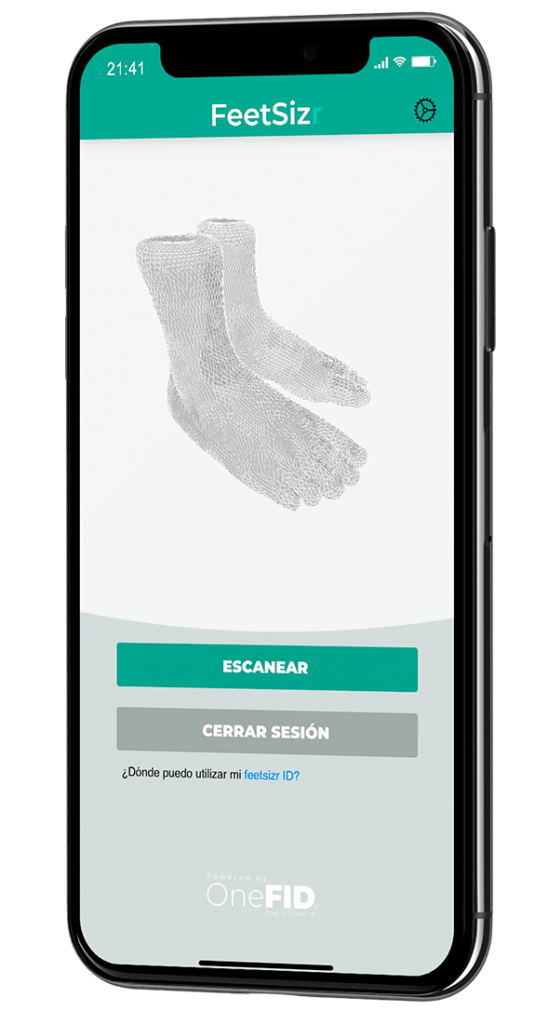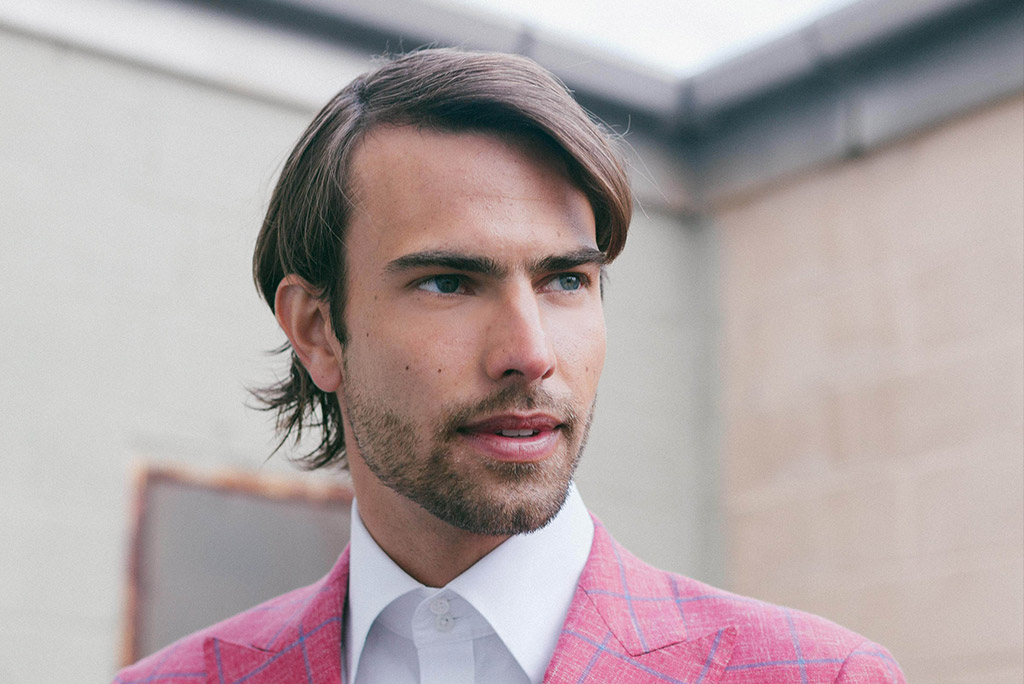
Haircuts are important
They say a lot about who you are as a person. But just as important is ensuring that your hair works with what you’ve got. It’s not a one-size-fits-all situation: different styles work with different face shapes. Like you want your suit to work with your body, you want the best hairstyle for your face shape. The best hairstyle will use angles, lengths, and textures to accentuate features you love and minimize features you’re not such a fan of.
First Step to Your Best Hairstyle?
Your Face Shape
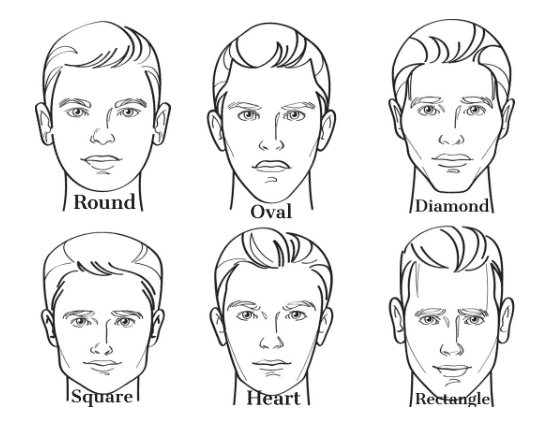
Round Face Shape
A round face has similar width at the forehead and chin, with rounded edges. That means that the cheekbones are the widest part of the face.
Oval Face Shape
An oval face is similar to round, in that it has rounded edges at the forehead and chin. The main difference is that the length of the face is a bit longer. In this case, the face is longer than it is wide. Like a round shape, the widest part of the face is the cheekbones
Diamond Face Shape
A diamond face also has the widest part of the face being the cheekbones, but the forehead and the chin come to points. Compared with an oval face, a diamond face has a more drastic angle inward.
Square Face Shape
Square faces are just that: squares. They typically have similar widths the whole way down. The forehead, cheekbones, and jaw are all about the same distance apart. Additionally, this face shape has a relatively flat chin. The length of the face is close to the width going across, which gives it a uniform shape.
Heart Face Shape
Heart face shapes have broad foreheads and pointy chins. The lines follow an inward trajectory the whole way down from top to bottom. Therefore, the widest part is at the forehead and the narrowest part is the tip of the chin.
Rectangle Face Shape
Rectangle faces, like squares, have similar widths going from top to bottom. The difference is that the overall length is a bit longer than the width.
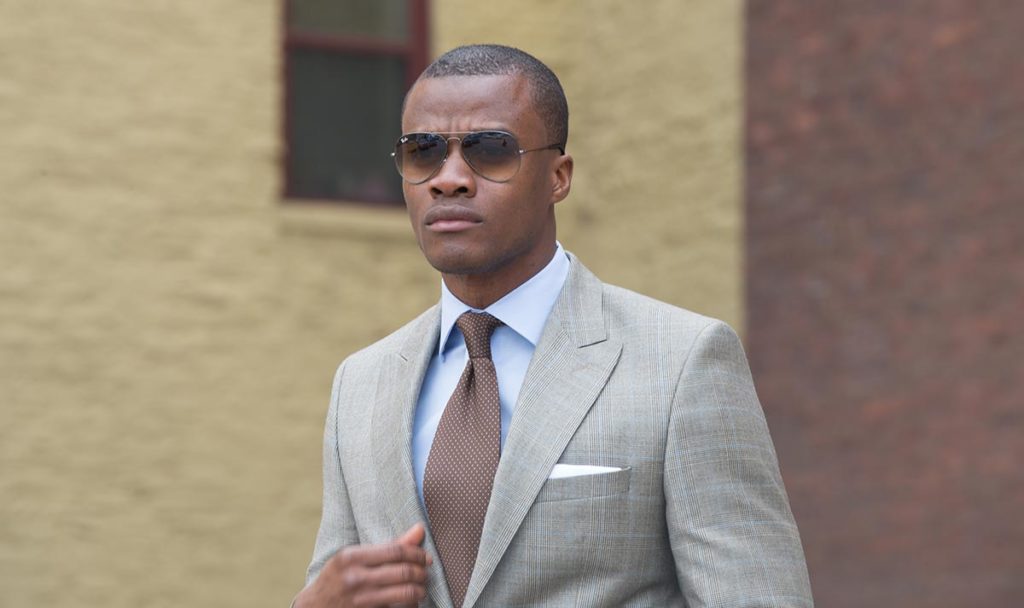
Fear Not: You Have Options
Hairstyles for Round Face Shapes
For the sides
If you have a round face, your best bet is to keep the sides short. However, it’s crucial that you don’t round out the haircut where the top meets the sides. You want to have a sharper angle in that transition to create the illusion of more angles in your face. Additionally, it’s best to keep the top a bit fuller. Buzzing it will only accentuate the curve at the top of your head, which widens the cheekbones, which most men want to minimize if they are the widest part of the face.
Up top
Keep a bit of length up top. You have a number of options, but as long as the top is longer than the sides and the intersection of the two has an angle, you’re good to go. You can keep the top spiky and textured, or you can comb it over and slick it back, or you can wear it longer and down over one side of your head. The best hairstyle for your face shape all depends on if you’re going for a more classic look, or something more on-trend and modern.
Hairstyles for Oval Face Shapes
With oval faces, your goal is to balance out the proportions. We know it might seem counterproductive to keep your hair longer on the top and shorter on the sides. But you have to look at the hair and the face in this case as two separate entities. If you have a contrast between the top and the sides, then it will act as its own shape to complement the oval. That is, in contrast to diminishing it or accentuating it.
Hairstyles for Diamond Face Shapes
Diamond faces require some finessing. The best hairstyle for you is one that creates a softer look. Essentially, fewer angles in the hair will balance out the sharp angles of the face. You want the top to be a bit longer than the sides, but don’t make this contrast too drastic. For instance, avoid close fades on the sides. Having a bit more length on the sides will broaden the otherwise narrow forehead. Another thing to avoid is having a fringe that hangs over your forehead. This will make the forehead look narrower than it already is. Keep the sides a bit longer, and the top a bit longer still, but avoid too much contrast. And definitely don’t go too short with the sides.
Hairstyles for Square Face Shapes
Square faces are typically the easiest shape to work with. You have lots of options. The goal is to accentuate your face shape, rather than diminish certain aspects of it. Rejoice! You’ve been blessed. One way to accentuate your face shape is to keep the sides pretty tight. Doing so will highlight the equal proportions you have all the way down your face. You can pretty much do whatever you want with the top. For instance, some things that work especially well are undercuts. An undercut is a style where the top does not connect with the sides, or one in which there is no blending between the top and sides. The undercut is a really fun, edgy haircut that doesn’t work for a lot of shapes. So if you’re interested in rocking it, go ahead! You can get away with it.
Hairstyles for Heart Face Shapes
Heart face shapes have relatively mismatched top and bottom proportions. Therefore, your goal is to balance the two out. The best hairstyle for you has considerable length on the sides. Long sides increase the appearance of width in the cheekbones. One option is to grow a fringe that sweeps across your forehead, to diminish the width you have there. Or, you can wear it up but keep it proportional to the sides. The goal is to keep the sides and the top at similar lengths. Too short on the sides and it emphasizes the width in the top half, while too long on top makes the upper half appear too heavy. Balancing the lengths on the top and the sides can even out your overall face shape.
Hairstyles for Rectangle Face Shapes
When you have a rectangle face shape, your goal is to avoid elongating your face any more than it already is. In this case, your best best is to keep the top and the sides pretty close in proportion. If you have a look that is more top-heavy, then it will draw out the length of your face. To avoid that, keep the top and the sides at pretty similar lengths. In addition, you don’t have to worry about having too round a transition between the top and the sides, as that will help to balance out the angles of your face.
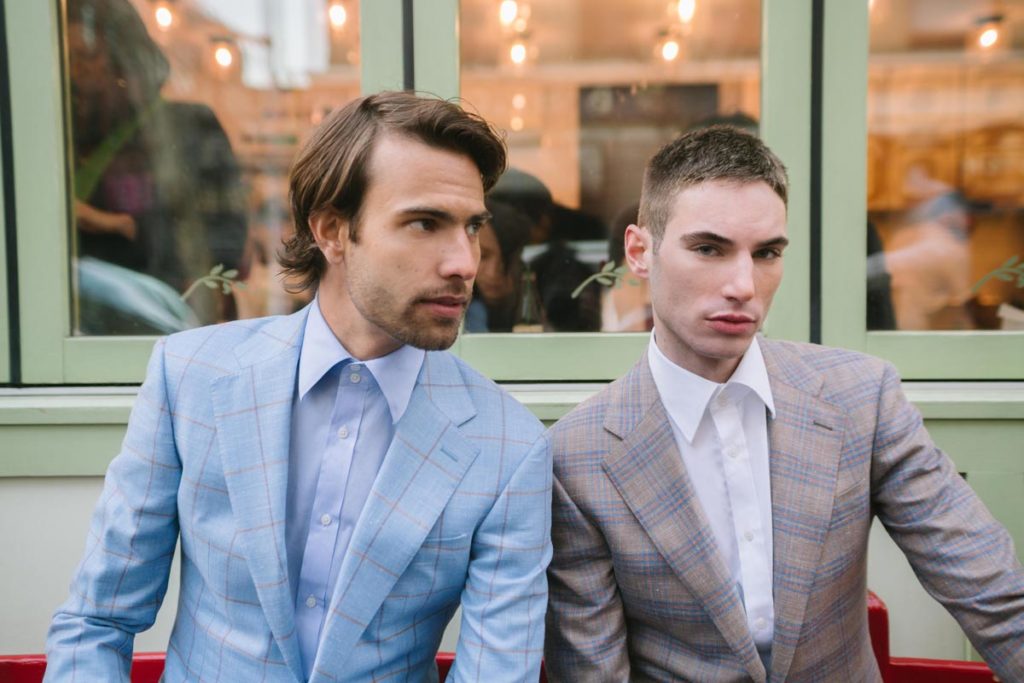
There’s a Hairstyle for Every Man and Every Shape
As you can see, as much as you want to choose a style that suits who you are as a person, it is also crucial that you choose something that works with what you already have. Even for the most difficult face shapes, there are lots of options – the number one thing to remember is your proportions. You can do lots of different things with each of these face shapes, as long as the proportions and length ratios work with your face, rather than against it. The next step is to get your beard groomed to perfection. Use these tips to go forth and get yourself a cut that puts your best foot – and face – forward.
